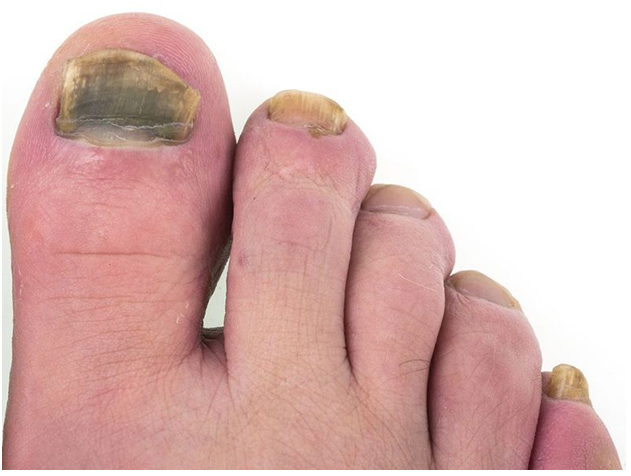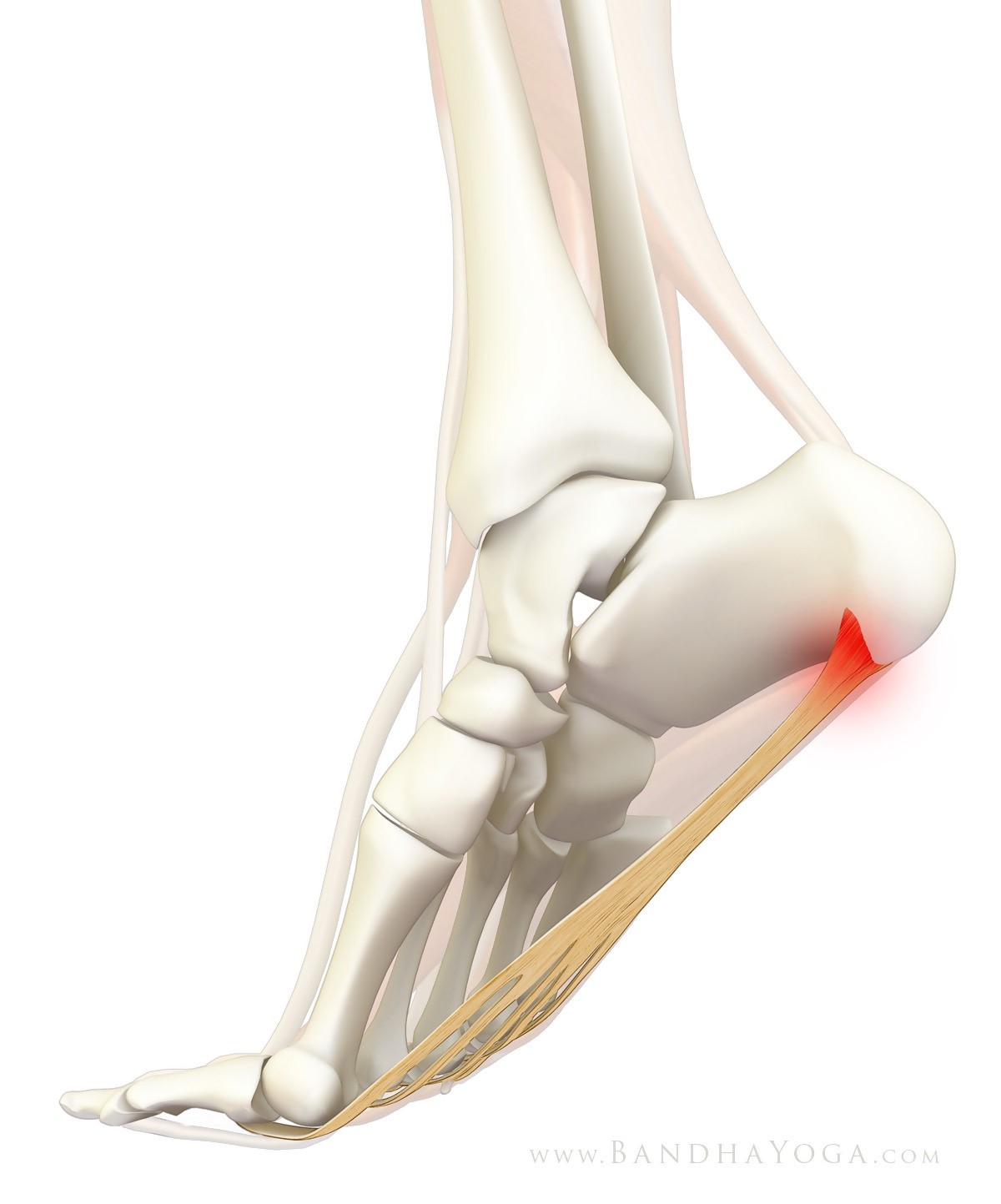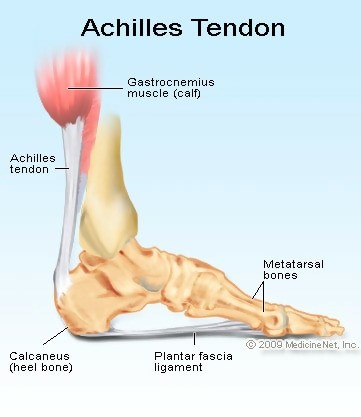
Nail fungus is a common disease. It starts with a white and yellow spot under the tip of a fingernail or toenail and gradually the fungal infection spreads. With the increasing rot of the nail due to fungus, it may discolor the nail; thicken it to crumble at the edges. It may spread to other nails as well. We often ignore such nail fungus and if it is not bothering, we do not opt for any treatment. But if it turns out to be painful and has developed thickened nails, self-care and domestic medications might help. But even though the treatment helps it recover, there is always a chance of nail fungus to come back. Toenail fungus is seen more often than in fingernails. The disease of nail fungus is also called Onychomycosis.

Causes of nail fungus:
As the name suggests, fungus infection develops due to infection by a fungal organism (fungus). The most common form of fungi that cause nail fungus is known as a dermatophyte. Yeast and molds are other variables that cause fungal infection in nails. It is most commonly seen in older adults but does not imply it won’t occur in younger people. As the nail gets old, it becomes brittle and dry which results in the formation of cracks in nails. These cracks allow room for fungi to enter. Other causes of developing nail fungus can be- Reduced blood circulation to feet and a weak immune system.
Sometimes, nail fungus can also develop from an athlete’s foot. It spreads from one nail to another. But it occurs very rarely to get the disease from an affected person.
The chances of developing nail fungus occur when:
- Old age
- Reduced blood flow
- Sweating heavily
- Unhealthy conditions that allow fungi to grow
- Athlete’s foot
- Walking barefoot in damp areas such as swimming pools, bathrooms, etc.
- Having an unattended skin or nail injury or in case of a skin condition such as psoriasis.
- Suffering from diabetes
- A problem in proper blood circulation
- The weakened immune system of the body
Symptoms of nail fungus:
You might have developed a nail fungus if you observe the following symptoms growing in your nails:
- Thickened
- White nails start changing to yellow-brown
- Brittle, crumbled or ragged
- Distorted shape
- Develops a dark color due to debris building up under your nail.
- Foul smell.
If the domestic nail fungus cures are not improving the situation, you may want to consult a nail fungus doctor at DeNiel Foot and Ankle Center. When the nails become extremely discolored, thickened or darkened, it is advisable not to ignore it anymore and consult a foot doctor urgently to get the best treatment for a fungal toenail. If you are already suffering from diabetes, it is a must to get treated by a physician.
If you have any questions, please feel free to contact our office located in Houston, TX. We offer the newest diagnostic and treatment technologies for all your foot and ankle needs.

Plantar fasciitis- symptoms and causes
Plantar fasciitis is basically a deformity of an inflamed thick band of tissues that connects the heel bone to the toes. It is commonly known as policeman’s heel. Our foot has a thick, fibrous band of tissues running from our heels to our toes. When these tissues are overly stretched, tiny tears occur in the tissue surface, which results in pain and inflammation. Traditionally foot doctors in Houston and Podiatrists Houston thought that heel spurs were the cause of plantar fasciitis. But modern treatment and research at DeNiel Foot and Ankle Center proves that Heel spurs are the result and not the cause. They often prescribe heel spur pain relief in case of such a situation.

Causes of plantar fasciitis:
There are several reasons that contribute to the occurrence of plantar fasciitis. Generally, women are more prone to plantar fasciitis than men. The possibility of the occurrence of the disease increases with age. It also occurs when you are overweight or you stress your feet to the point of fatigue throughout the day.
The risk of causing plantar fasciitis also increases if:
- Your shoes are uncomfortable, worn out with thin soles.
- You have flat feet or a very high arch.
- You wear ill-fitting footwear such as high heeled sandals.
- You have tight Achilles tendons pain or those known as ‘heel cords’.
- You have an unusual posture and walk or foot position.
- You are suffering from obesity.
If you bore such habits, then you should visit a foot and ankle specialist at DeNiel Foot and Ankle Center in Houston TX. Ignoring plantar fasciitis can lead to chronic heel pain which will cause obstruction to our regular pace in life activities.

Symptoms
The signs and symptoms of plantar fasciitis include the following:
- Pain in heel and tenderness in your foot sole.
- The affected heel would cause pain which will lead to difficulty in bearing weight or any activity involved with the foot.
- It is difficult to walk, especially while taking the first few steps after waking up.
- The heel pain is more like a burning pain and sharp, which can become severe.
- Swelling of the bottom of the foot.
- You will gradually realize while working out any athletic activities.
- Swelling and tenderness at the insertion of the plantar fascia or the band of the tissue to the heel, on the bottom of the foot.
You can start by preventing any stressful athletic activities. Visit for physical therapy from time to time. In severe cases, surgery is recommended. Treatment involves injections of cortisone in the foot which works as a pain reliever. Orthotic devices or shoe inserts are worn to take off the pressure from the plantar fascia. Heel lifts reduce pressure on Achilles tendon to relieve heel spur pain. Use sports running shoes with soft and cushioned insoles to reduce irritation.
If you have any questions, please feel free to contact our office located in Houston, TX. We offer the newest diagnostic and treatment technologies for all your foot and ankle injuries. Visit your nearest podiatrists in Houston or a foot doctor Houston, as soon as getting the symptoms.